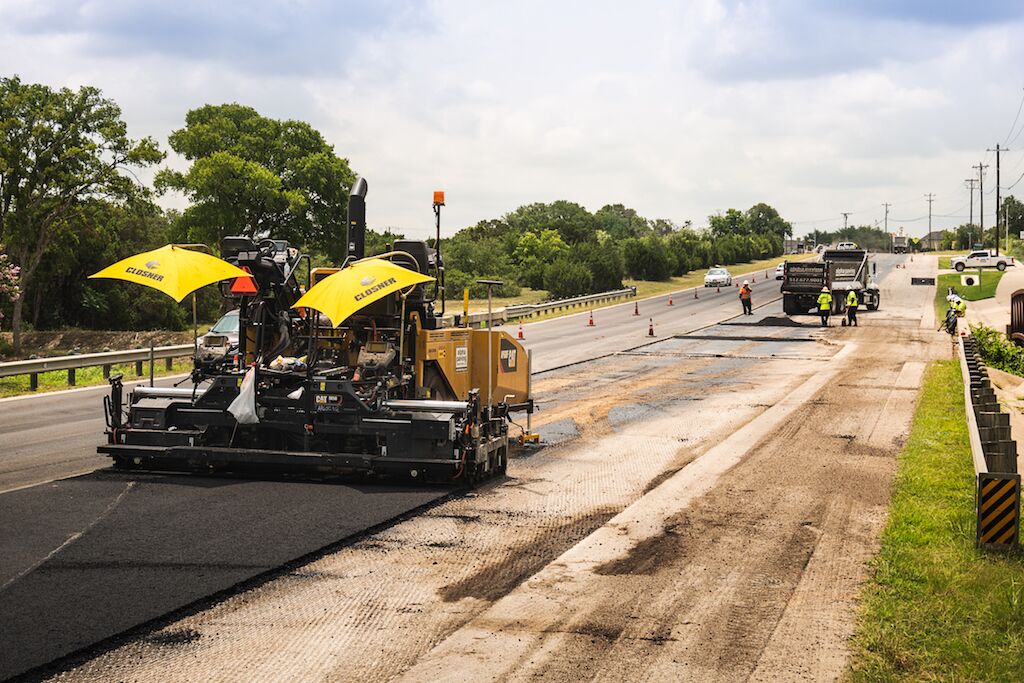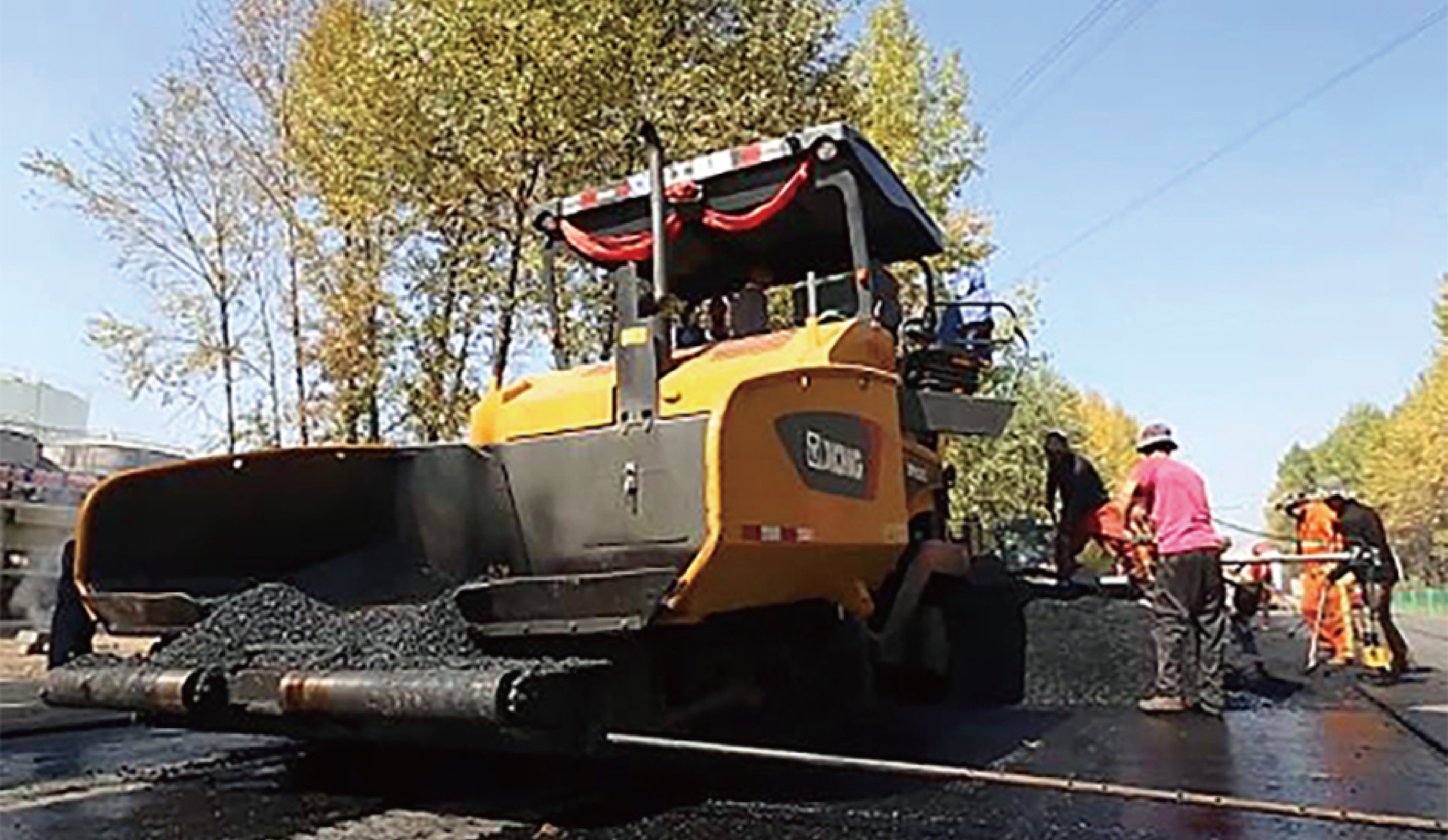Little Known Questions About A1 Professional Asphalt & Sealing Llc.
Little Known Questions About A1 Professional Asphalt & Sealing Llc.
Blog Article
Some Ideas on A1 Professional Asphalt & Sealing Llc You Need To Know
Table of ContentsOur A1 Professional Asphalt & Sealing Llc IdeasThe Greatest Guide To A1 Professional Asphalt & Sealing LlcThe Best Guide To A1 Professional Asphalt & Sealing LlcThe Ultimate Guide To A1 Professional Asphalt & Sealing LlcHow A1 Professional Asphalt & Sealing Llc can Save You Time, Stress, and Money.

The oil in a vehicle engine is not just oil. It consists of a variety of additives to enhance the automobile's efficiency. These consist of polymers, viscosity modifiers, heat stabilizers, extra lubes, and put on additives. The REOB contains all the additives that remained in the waste oil as well as the wear steels from the engine (mainly iron and copper).
By making several blends making use of different REOB examples and various asphalt binders, the variations greatly can be balanced out. Numerous States provided samples of known REOB composition to TFHRC researchers, who evaluated the samples to contrast the portion of included (understood) REOB to the located (evaluated) amount. The evaluations showed an equivalent percent of included and located REOB.
The Greatest Guide To A1 Professional Asphalt & Sealing Llc
They received a frustrating response. The TFHRC researchers examined 1,532 examples from 40 States, one Canadian district, and 2 Federal Lands Highway departments. They assessed each example twiceamounting to more than 3,000 evaluations. None of those States understood that the asphalt they were acquiring consisted of REOB. One State insisted its examples had no REOB.
Of the 1,532 samples evaluated, 12 percent included REOB, and some contained considerably high levels of it at 1020 percent. The highest degree was 34 percent in an example from Texas, which TxDOT had actually used in a patching substance. This testing also exposed the visibility of phosphoric acid in 11 percent of the examples, and 2 percent included ground tire rubber.
Two years earlier at TRB's annual meeting, the Federal scientists held an REOB workshop and provided the findings of their research laboratory analyses to a standing room-only crowd. Some companies do not particularly prohibit REOB, they do enforce physical examinations that prevent its useeffectively a restriction. Others do not outlaw it by spec, but have contracts with asphalt suppliers to prevent using REOB
The Definitive Guide for A1 Professional Asphalt & Sealing Llc
A handful do enable REOB, some within specific restrictions. For instance, Ohio and Texas limitation degrees to much less than 5 percent of the asphalt. To create a dependable test technique that all States can utilize, the TFHRC scientists established up a round-robin examination strategy. The individuals are 11 State freeway firms (Illinois, Massachusetts, Minnesota, Mississippi, Montana, North Carolina, Oklahoma, South Carolina, Texas, Vermont, and Wyoming), 2 independent testing labs, the Ministry of Transport in Ontario, Queen's University in Ontario, and an Ontario paving contractor.
In total, the researchers prepared and delivered 720 blends. The individuals are examining the examples individually using the guidelines supplied by the TFHRC researchers. The round-robin testing is virtually finished, and TFHRC remains in the procedure of accumulating the outcomes. The outcome will be a recommended AASHTO examination technique that any type of State can embrace and utilize (diagonal parking vs straight parking).
The pavement with REOB, which is situated 0.6 mile (1 kilometer) from the sidewalk without REOB, has the same subgrade, website traffic density, and environment. Nevertheless, the sector of Highway655 with 5 to 10 percent REOB showed significant fracturing. In this example, the visibility of REOB was the determined reason of splitting at a low temperature levels.
An area of examination pavement in Minnesota (MN1-4) discovered to consist of REOB additionally cracked prematurely. The sidewalk executed well for the initial 3 to 4 years, but then began to fracture.
The Buzz on A1 Professional Asphalt & Sealing Llc
The tests were not extensive, but they revealed that at degrees of 6 percent or even more, the tensile stamina of the asphalt dropped considerably. At a level of 3.5 percent REOB, the variation in the physical examination approaches was more than the result of REOB. In reality, it was hard for scientists to examine whether REOB was existing.

One binder parameter taken into consideration is the distinction in between the reduced temperature level essential requirements temperature level for tightness (S) in the bending beam rheometer and the flexing beam of light rheometer creep slope (m-value) noted as Tcritical. TC = TC (S) TC (m-value). Analysis of this criterion is still continuous. Two independent research groups, one from AASHTO and the other from the Asphalt Institute, ended that more research study is needed on using REOB in asphalt.
Previously, all asphalt screening determined engineering properties such as tightness. These tests do disappoint what materials had been included in the asphalt. One sample gotten throughout the TFHRC research study had a very strange evaluation. The sample had the complying with test results: Superpave PG 64-28 with a heat grade of 67.3 Tcritical on the flexing beam rheometer was 6.7 degrees Celsius.

Our A1 Professional Asphalt & Sealing Llc PDFs
These outcomes demonstrate there are weaknesses in the standard design testing protocols that might be made use of. The producer may have a financial benefit and the product passes all the standard tests, but the item might not be helpful to making certain lasting performance. To address this issue and the find growth of new asphalt ingredients and extenders, TFHRC is beginning a research study program to use portable spectroscopic gadgets, x-ray fluorescence spectroscopy, and Fourier change infrared spectroscopy to make it possible for analyses to be carried out in the area instead of needing to take samples back to the laboratory.
Report this page